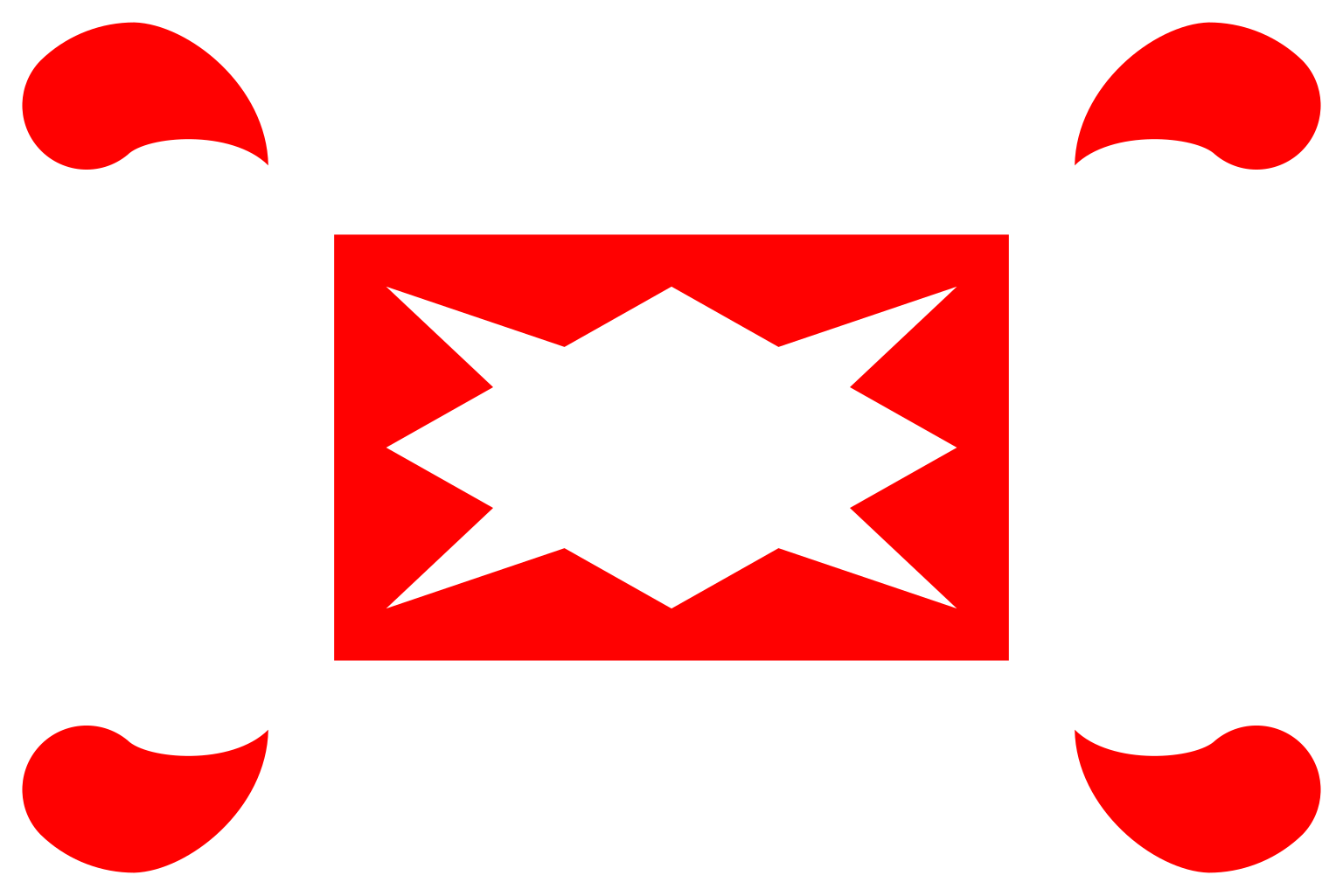East Indies
The East Indies are an archipelago located in East Asia. Originally settled by the Kingdom of Holland as the Dutch East Indies, the region gained indpendence following the fall of the Dutch monarchy and its incorporation into the Comintern Union. The region was originally home to the nations of Java, Sumatra, Sulawesi, Kalimantan, and Papua, but is largely now under the rule of the Javan Empire.
Natural Resources
The East Indies is abundant with natural resources, from precious minerals to oil. However, many of these resources are under the control of Japanese corporations and government. These resources are often used to fuel the Japanese military. Much of the wealth generated by East Indies commerce is used to assist in paying off Japanese war reparations following the Great War.
History
The East Indies had come under the control of the Dutch East India Company in 1602. When the Company declared bankruptcy, the Dutch government took control of the colony in 1796. However, during the wars against Napoleon, they were briefly seized by Great Britain. At the establishment of the Kingdom of Holland under the rule of Napoleon's brother, Louis Bonaparte, the Dutch would eventually join the coalition against Napoleon and gain its own independence. The region of the East Indies were returned in 1815.
Under the rule of Louis I, the Dutch attempted to enact reforms in the islands, though were greatly cautious of the Catholic and Protestant officials governing over a Muslim majority. Much of the tension increased until the Javan Rebellion in 1825, with fighting continuing until 1830. The conflict ended in a Dutch victory, with the Yogyakarta prince going into exile.
Under the reign of Louis II, many economic reforms starting in 1847 were attempted to enrich the lives of the indigenous population and foster greater cooperation between them and the colonial governments. Though the East Indies did not receive the same extent as the Dutch African Colonial Empire, many of the local indigenous officials did become exposed to the teaching of Karl Marx.
The conquest of the East Indies was expanded under the Dutch monarchy. During the late 19th and early 20th century, the Dutch expanded their holdings over the region to encorporate most the significant islands. Such exception were the British protectorates in the Malayan States, as well as the British and German New Guinea.
During the The Great War, Holland maintained control over the region as they launched an attack into British territory in the Malaysian Peninsula, while simultaneously fending off attacks from the Imperial Japanese Army from the Philippines as well as ANZAC forces from Australia. At the end of the war, Holland initially gained the territory of East Timor from Portugal. However, the monarchy was overthrown and abolished to be replaced by a socialist republic and incorporated into the Comintern Union.
The Communists were anti-colonial, and thus abandoned the region to its own devises. Japan stepped in to guide the region into stability in order to gain prominence in the region, though was incapable of annexing due to the terms of the Great Treaty. Instead, the region was divided into five separate nations, as the Japanese believed this would make them easier to govern. Each nation was centered around one of the major islands of the region, and were established under prominent monarchies. Each monarch became puppets of the Japanese regime, though Japan was largely seen as a liberator initially from European control.
When Japan entered the Russo-German War in 1936, The nations of the East Indies threw their support against the Russian Empire, though did not commit any formal military force. When the war came to a close in 1939, Japan established the Greater East Asia Co-Prosperity Sphere, of which all of the nations of the East Indies were greatly coerced to sign. This made all of them colonies of Japan in all but name.
During the World War, the East Indies were compelled to fight alongside Japan against Germany and America. However, the Javan Sultan and Archduke Thomas von Lexington of America struck a deal, where Java would switch sides in exchange for the control of the rest of the East Indies. Thus, the Javan Empire was born.



Comments